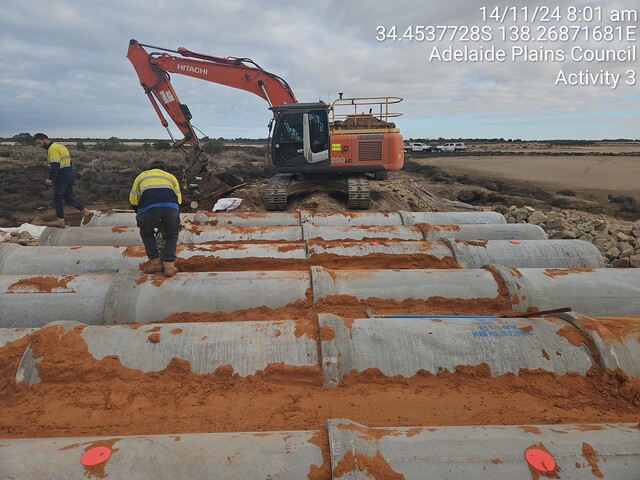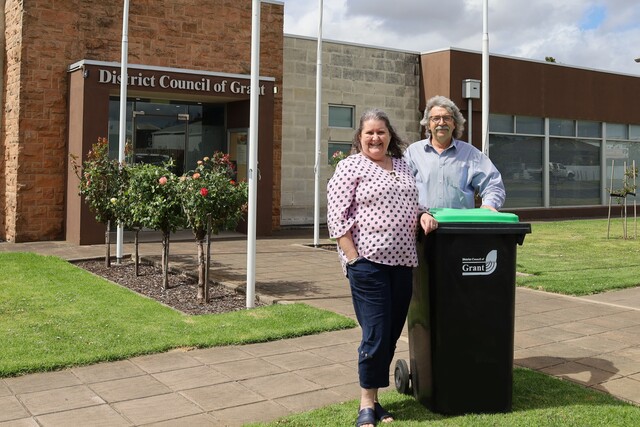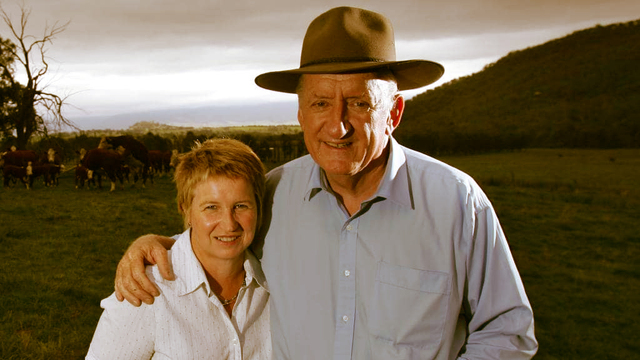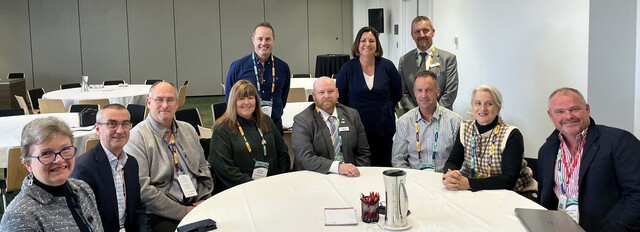An interview with Tania Pieterse, Human Resource Officer, Central Coast Council, Tasmania
As Human Resource Officer at Central Coast Council in Tasmania, Tania Pieterse coordinates Council’s human resource function for almost 200 staff.
She said it is important for Councils to continually train their employees, as organisational success depends on keeping employees up to date and skilled in the latest concepts and techniques.
“With an ageing workforce, it is more important than ever to encourage and motivate employees to continually develop and learn new skills,” Tania Pieterse said. “In the current climate of rapid technological change, it is becoming necessary for all employees in all organisations, big or small, to be in a continuous learning mode.
“Training and development allows employees to acquire new skills and face challenges with confidence. It increases job satisfaction and morale, employee motivation and efficiencies in processes, provides employees with the capacity to adopt new technologies and methods and enhances Council’s image.
“I place great importance in the value of learning and encourage employees to accept the concept of personal development as part of their career and life approach.”
Tania is currently undertaking a Performance Management System and Personal Development Plan project.
The key objectives of the project are to develop and implement a new format for position descriptions, develop and implement a skills audit procedure to identify training needs, establish an overall performance management system framework and identify opportunities for succession planning and staff development.
“Council recognised the need to undertake a comprehensive skills audit and training needs analysis to ensure that individual training needs are adequately met,” Tania Pieterse said. “A training tracking system will be implemented to ensure correct training records are kept for all employees and Council will ensure that succession planning and staff development derives from the performance management process.”
Tania said the biggest challenge in implementing training initiatives is gaining cooperation from both ends of the organisation.
“Generally managers and team leaders resent spending dollars and/or losing their people for however long in order to train,” she said. “Managers must be made to see that developing people enhances the organisation. It also ensures that our people are aware of the correct methods to use to ensure a safe and healthy working environment. We must market performance management processes to managers to gain their ownership and hence their cooperation when the training word pops up.”
Tania Pieterse said employees can also be difficult to convince.
“They often complain about training, failing to see the benefits for themselves in developing their full potential,” she said. “For employees it is the three Fs of training: it must ‘Fit their world’, ‘Fill a need’ and ‘Feel OK’ for them to embrace the training.
“Comprehensive reward systems are a good way of overcoming lack of motivation and apathy and don’t always have to be a monetary reward. It may be time in lieu or a fun activity like a staff barbecue. Also, picking the right provider is crucial to the success of any training – your trainer must tailor the content to the needs of the target group.”
Tania Pieterse said there are a number of effective training methods available for employees, but it is important to firstly have a budget that is comprehensive and allows for meaningful training.
“I personally prefer a combination of on the job and off the job training,” she said. “It allows employees to put into practice what they are learning and attending classes or workshops allows them to interact with similar people within their field.
“Training someone to become a workplace coach for others in their field of expertise is another good method. You only outlay the costs of training your coach and it eliminates the need for external providers.”







